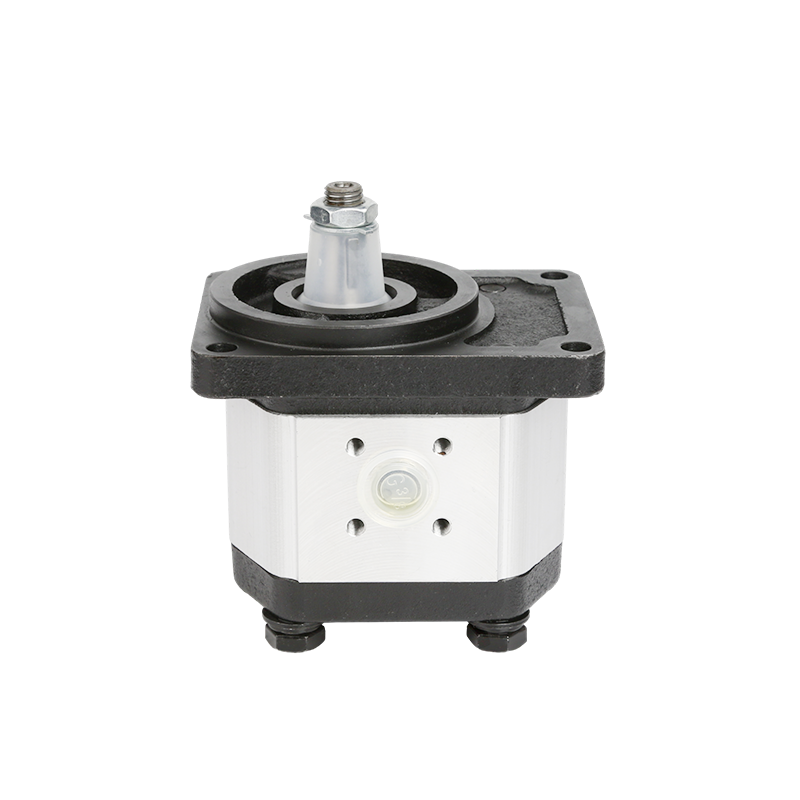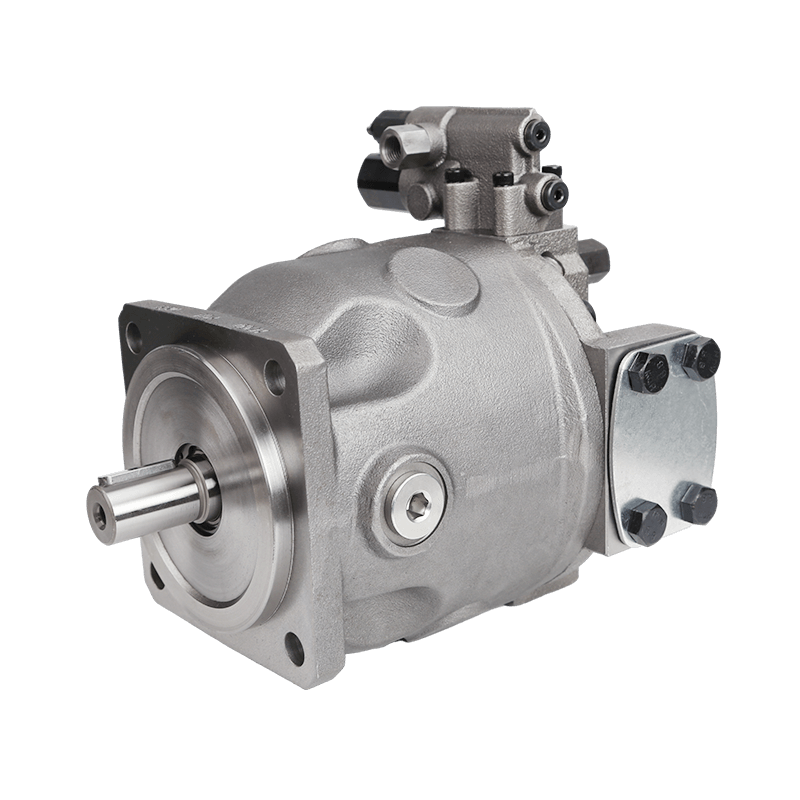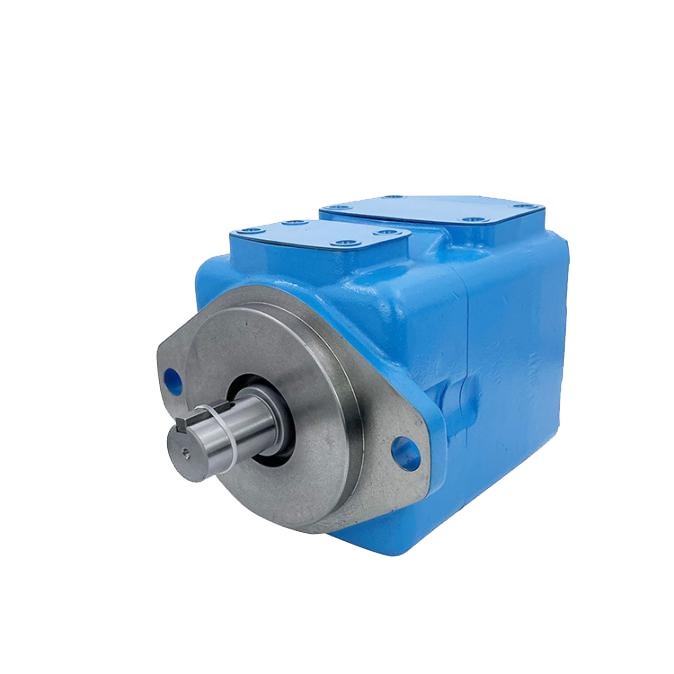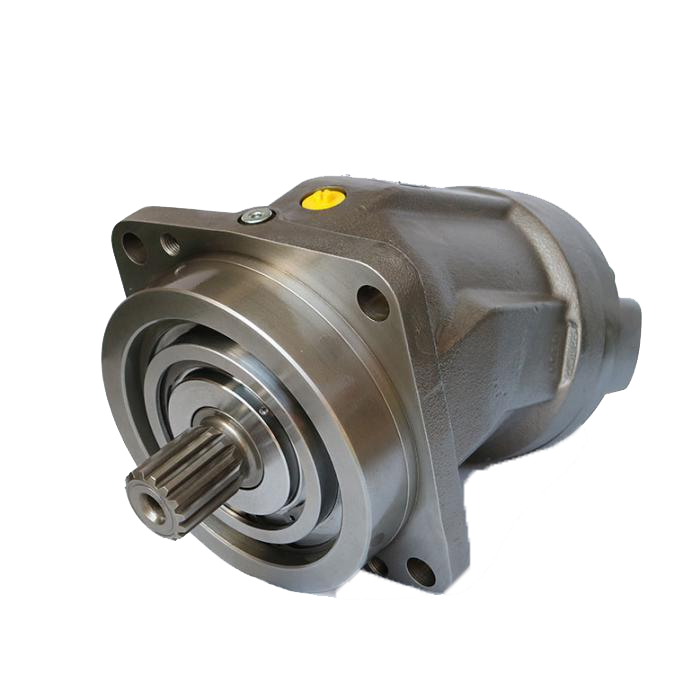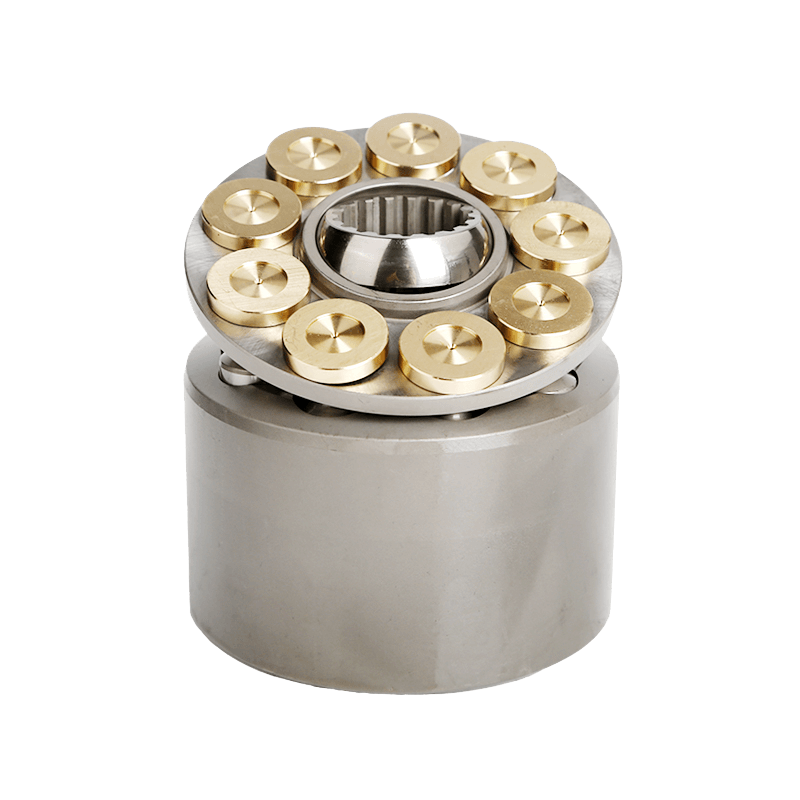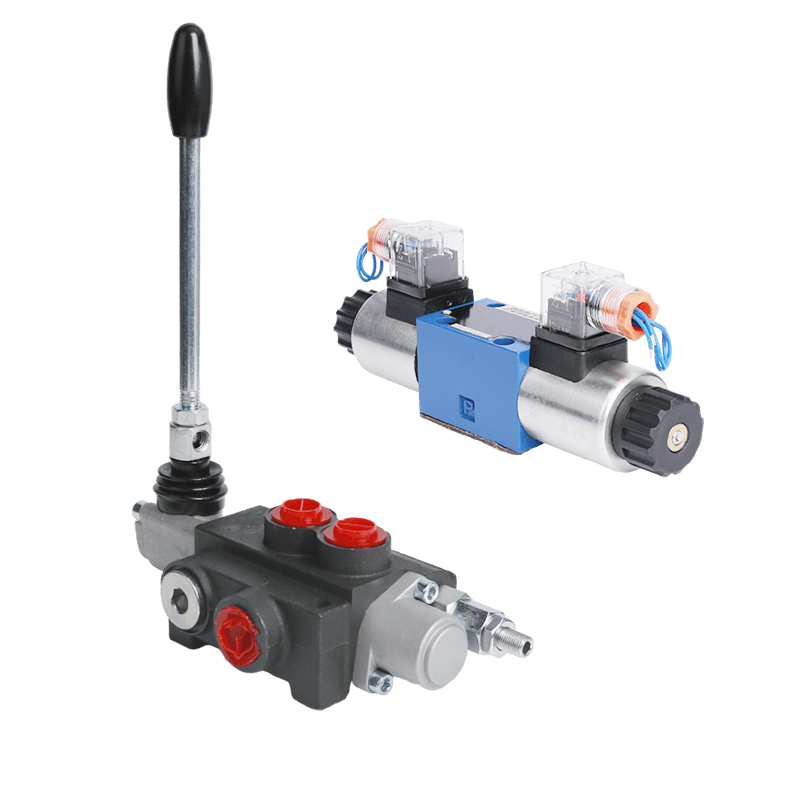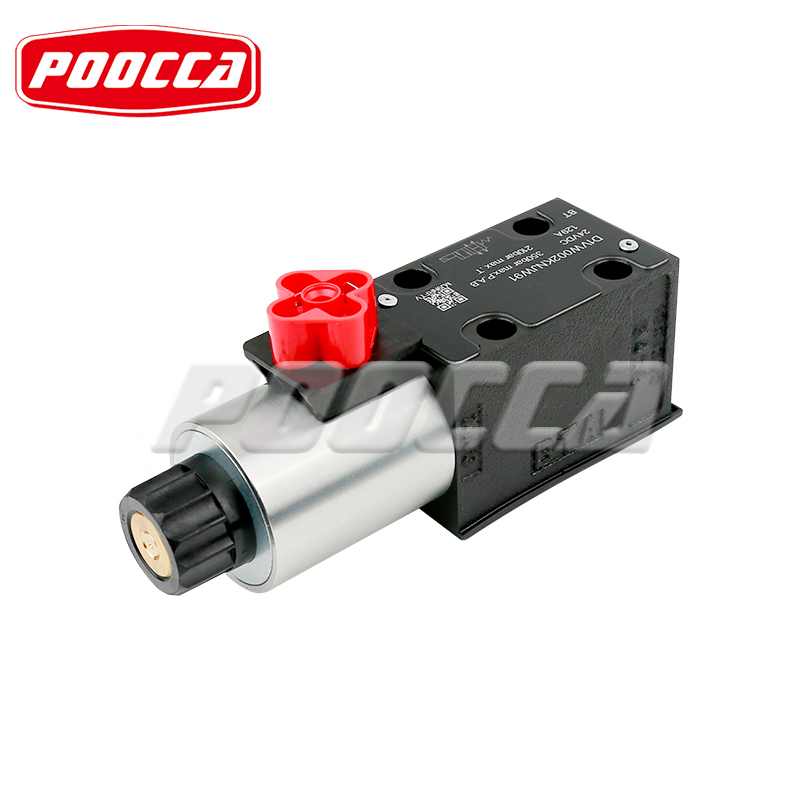Design and Functionality of Solenoid Directional Control Valves
How Solenoid Valves Operate in Fluid Control Systems
The solenoid directional control valve is a super nifty tool used in lots of hydraulic and pneumatic setups. It gives precise, electric-powered control of fluid movement. These valves manage the path of fluid flow in a system. This helps actuators, like hydraulic cylinders and motors, work accurately, for sure.
Unlike hand-operated valves, solenoid directional control valves run on electricity with an electromagnet. This makes automation and remote control easy. They’re perfect for modern factory tasks where precision and efficiency are a big deal, by the way.
When electric current flows through the electromagnet’s coil, it creates a magnetic field. This field moves an inner iron spindle. The movement shifts the valve’s insides to guide fluid flow where needed, and then some.
Types of Solenoid Directional Control Valves
Solenoid directional control valves come in different setups based on their job and port or position count. Common kinds are 2-way, 3-way, and 4-way valves. Each is built for specific tasks, like simple on/off control or trickier jobs with multiple actuators.
Some solenoid valves are mono-stable (spring-return). Others are bi-stable (latching). The choice depends on whether the valve should snap back to its default spot after losing power or stay in its last position, for sure.
Flow Path Configuration and Switching Mechanism
The main job is redirecting flow paths. When the coil gets power, the gap between the spindle and yoke shrinks. This boosts the magnetic field’s strength. It moves the valve to the right spot, by the way.
Once the spindle is fully inside the coil, it closes the gaps. This lets the valve work smoothly. The switching setup allows quick responses, often flipping several times a second. This makes them great for fast automation systems, and all.
Core Components of the Electromagnet
Winding
The winding is a coil of copper wire wrapped around a plastic, ceramic, or brass case. It makes a magnetic field when electric current runs through it, what’s more.
Iron Casing
The iron casing surrounds the coil. It acts as a yoke, soaking up the magnetic field from the current in the winding. This helps focus and direct magnetic flux nicely in the system.
Iron Spindle
The spindle is a movable iron rod. It works with the magnetic field. Its movement inside the coil triggers the valve’s inner parts to guide fluid flow, for sure.
Advantages of Solenoid Directional Control Valves
Electric Control
Solenoid valves can be run remotely or automatically. They give precise control over fluid paths without needing hands-on work, by the way.
This feature boosts safety by cutting human contact with high-pressure systems. It also fits into automated controls like PLCs or SCADA systems, and then some.
Simplified System
Solenoid valves skip the need for big, complex hydraulic setups. They offer a tidy solution that’s easier to set up and maintain.
They cut down on piping mess. This lets engineers design compact systems with fewer parts, for sure.
Cost-Effective
With fewer moving bits and simple setup, solenoid directional control valves save money on both initial costs and ongoing care. Their toughness means fewer replacements compared to mechanical options, what’s more.
Key Considerations for Control and Operation
Picking the right valve is super important. The control system of a solenoid directional control valve matters a lot for its performance. Voltage must match perfectly—wrong voltages can cause overheating or breakdowns, by the way.
Most solenoid valves have one or two electromagnets. When activated, the electromagnet moves the slider inside. This shifts fluid flow based on a specific wiring plan.
Also, designers must think about duty cycles. Too much switching can wear out parts too soon if not rated right. Solenoid valves are usually fast, able to switch on and off multiple times a second, for sure.
Installation and Documentation
Before starting setup, checking the guidebook for the specific model is key. Each solenoid directional control valve might have special needs for voltage, mounting direction, sealing methods, or port sizes, and all.
Proper setup needs a good grasp of the system’s electrical and fluid dynamics. This is especially true for fast operations or synced actuation across multiple devices.
A common issue is understanding electromagnetic behavior during on/off cycles. Without proper know-how, setup and operation can be tricky, especially in big automated systems, by the way.
Common Applications of Solenoid Directional Control Valves
Hydraulic and Pneumatic Systems
These valves are used in setups needing precise control over fluid or air paths. Think robotic arms on factory lines or press machines in metalworking, for sure.
Automotive Systems
Solenoid valves are key in automotive hydraulics, like ABS braking systems needing quick changes under different road conditions. They also help with gear shifting in automatic transmissions, what’s more.
Industrial Automation
In factories with programmable logic controllers (PLCs), solenoid valves are vital. They control actuators, conveyor belts, sorting arms, or injection molding gear where timing precision affects product quality, and then some.
FAQ
FAQs on Solenoid Directional Control Valves
1. What is a solenoid directional control valve?
A solenoid directional control valve is an electromechanically operated valve. It uses a solenoid (coil and plunger assembly) to control the direction of hydraulic or pneumatic fluid flow in a system.
2. What is the function of a directional control valve?
Its main job is to start, stop, and direct fluid flow to actuators (like cylinders or motors). This controls their motion and position, for sure.
3. How does a solenoid control the valve?
When electric current powers the solenoid coil, it makes a magnetic field. This moves the plunger or spool, shifting the valve position to change the fluid path, by the way.
4. What are the common types of solenoid directional control valves?
- 2/2 valve – 2 ports, 2 positions (on/off).
- 3/2 valve – 3 ports, 2 positions (common in pneumatics).
- 4/2 and 4/3 valves – 4 ports, 2 or 3 positions (common in hydraulics).
5. What does “normally closed” and “normally open” mean?
- Normally Closed (NC): Valve blocks flow when solenoid is not powered.
- Normally Open (NO): Valve allows flow when solenoid is not powered, and all.
6. Where are solenoid directional valves used?
They are used in:
- Hydraulic machinery
- Pneumatic automation systems
- Manufacturing equipment
- Agricultural machinery
- Construction equipment.
7. What factors should I consider when selecting a solenoid valve?
- Type of fluid (air, oil, water)
- Flow rate and pressure range
- Voltage and power supply (DC/AC, 12V, 24V, 110V, 220V)
- Port size and configuration
- Duty cycle (how often it will be energized)
- Environmental conditions (dust, water, temperature), for sure.
8. What are common problems with solenoid valves?
- Coil burning due to over-voltage or overheating
- Spool sticking from dirt, corrosion, or wear
- Incorrect voltage supply
- Leakage due to worn seals
- Slow response from contamination, by the way.
9. How can I maintain a solenoid directional valve?
- Keep the fluid clean (use proper filtration).
- Inspect and replace seals regularly.
- Check coil resistance and voltage supply.
- Clean valve internals to avoid sticking, and then some.
10. What is the difference between direct-acting and pilot-operated solenoid valves?
- Direct-acting: The solenoid directly moves the spool or poppet. Suitable for small valves, low flow, and quick response.
- Pilot-operated: The solenoid controls a smaller pilot valve that shifts a larger spool using system pressure. Suitable for higher flow and pressure.
img.Hydraulic Pump Motor Manufacturing Suppliers.webp
Order Your Best Solenoid Directional Control Valve from POOCCA: High Quality with Factory Price
POOCCA Hydraulic (Shenzhen) Co., Ltd., started in 2006, is a full-service hydraulic company. It focuses on research, development, making, and selling advanced hydraulic solutions, including solenoid directional control valve products, for sure.
With four big branches across China, POOCCA exports up to US$16 million yearly to over 100 countries. Their production spaces cover over 8,000 square meters. They use CNC machines, automatic gear inspection systems, and CAT testing stations to ensure every product meets global standards, by the way.
The team has over 300 pros, including 70 skilled sales consultants ready to match your needs with the best solutions at factory-direct prices. Whether standard models or custom-built options, POOCCA offers one-stop service from consultation to delivery.
Contact POOCCA today for reliable performance backed by decades of technical know-how, and then some.

